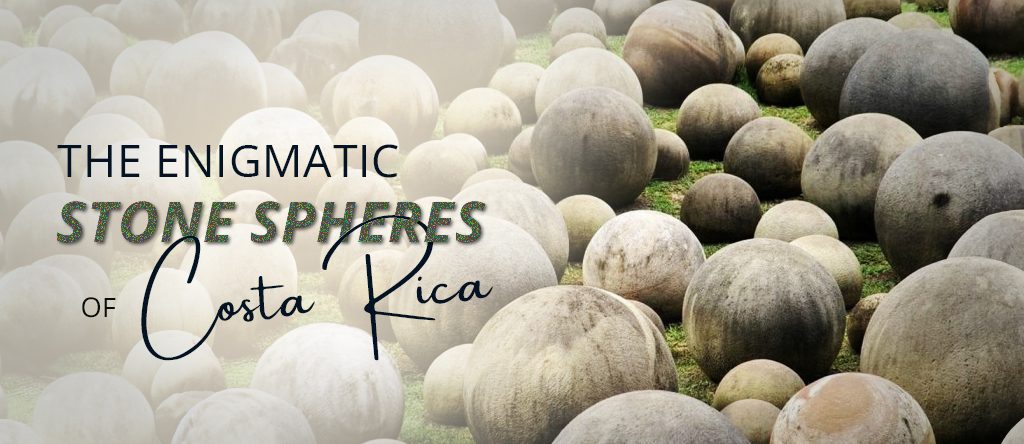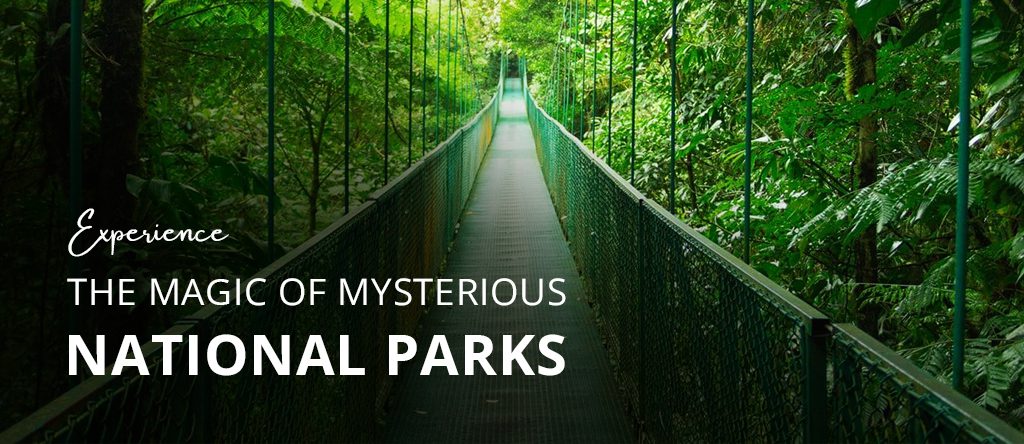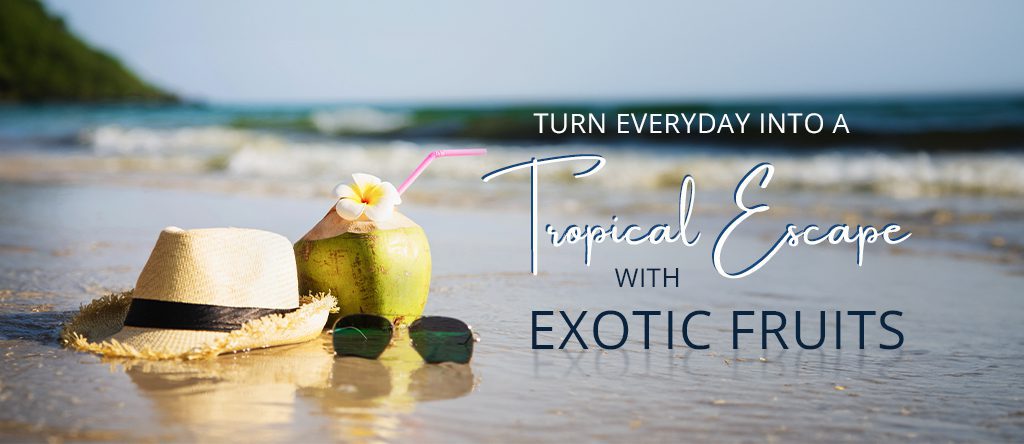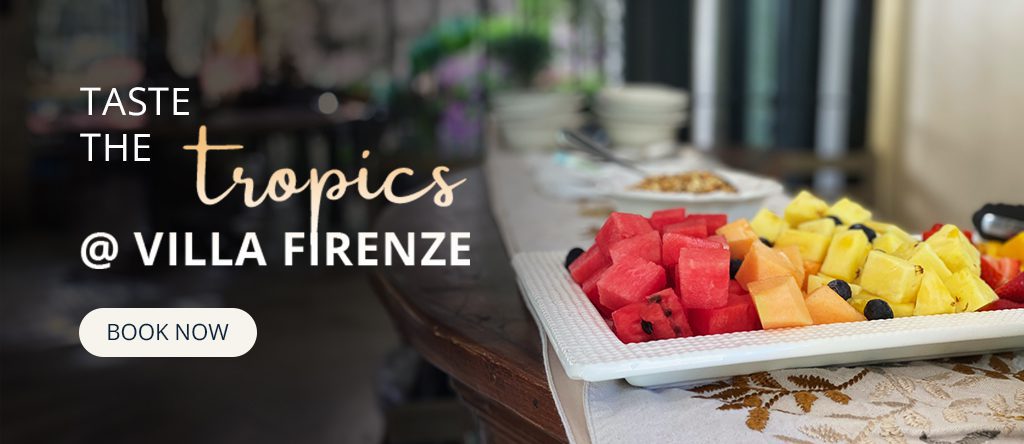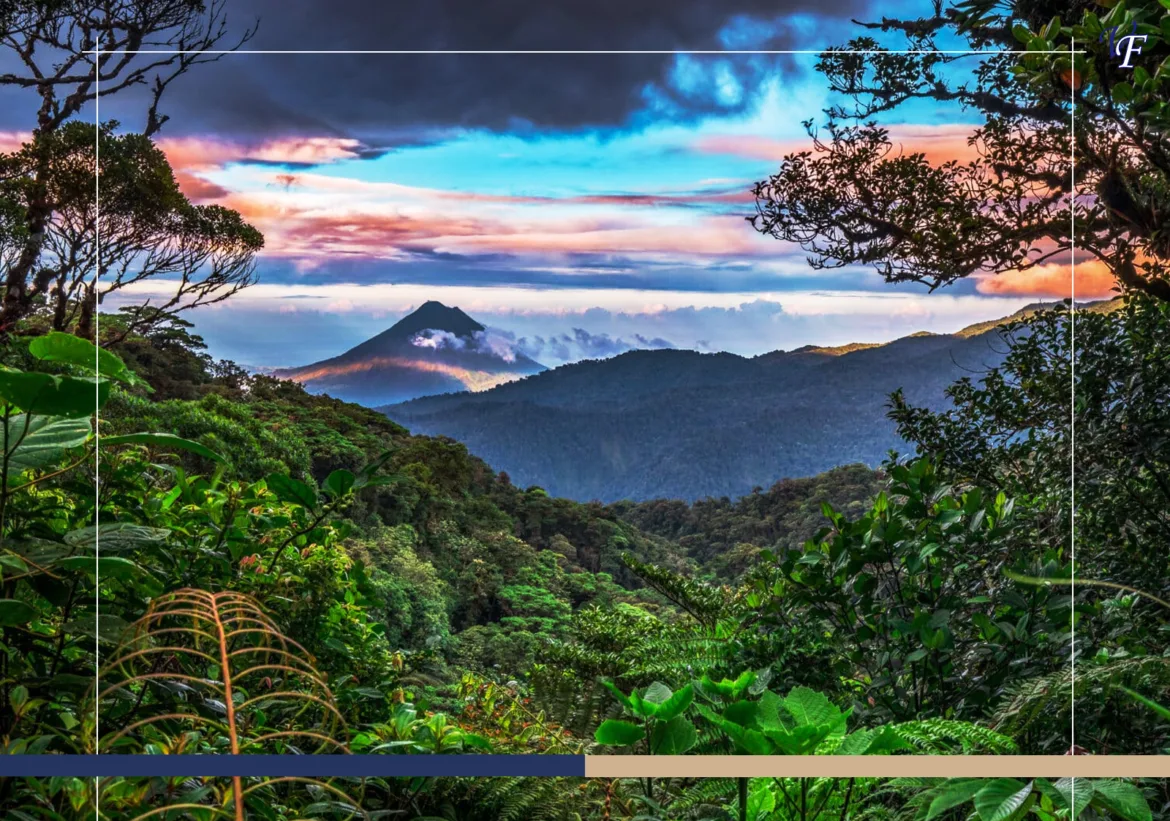Costa Rica is a prime destination for eco-tourism, recognized for its lush landscapes and diverse ecosystems. This country is not just about its rainforests and beaches; it’s also home to some of the most stunning waterfalls in the world.
These natural wonders are a big part of what Costa Rica is known for, offering both breathtaking views and a range of outdoor activities.
Waterfall tours in Costa Rica provide a unique blend of adventure and relaxation. From swimming in natural pools to hiking through vibrant forests, these tours are a fantastic way to connect with nature and witness the country’s incredible biodiversity.
This blog is dedicated to showcasing the best places to enjoy waterfall tours in Costa Rica. We’ll help you discover which waterfalls to visit, the best times to go, and what each tour offers.
Why Visit Waterfalls in Costa Rica?
Still not convinced why waterfall tours will be a great addition to your 5-day Costa Rica itinerary? These reasons will do the job.
- Waterfalls in Costa Rica are surrounded by vibrant ecosystems. On a single visit, you might see exotic birds, colorful butterflies, and diverse plant life unique to these misty environments. It’s a living showcase of nature’s variety.
- The waterfalls here are not just natural wonders but serene retreats. Each offers a unique view, from powerful cascades to gentle streams against the lush landscapes.
- Waterfall tours offer exciting activities for adventurers. You can swim in natural pools, rappel down the falls, or hike through the surrounding forest.
- Exploring waterfalls can offer insights into local culture, providing a deeper understanding of Costa Rica’s history and connection with nature.
A trip to waterfalls in Costa Rica is an adventure that combines the thrill of exploration with the beauty of nature and a touch of cultural discovery.

Top Waterfall Tours in Costa Rica
| Name | Location | Description | Activities Available | Best Time to Visit | Tour Options |
| La Fortuna Waterfall | Near the Arenal Volcano, La Fortuna, Alajuela Province | A breathtaking 70-meter cascade into a crystal-clear pool, surrounded by lush rainforest. Its dramatic drop and vibrant greenery make it a must-visit. | Swimming, hiking, and photography | Any time of the year; avoid Easter and New Year week | Guided hikes (2-3 hours), insights into the local ecosystem |
| Rio Celeste Waterfall | Inside Tenorio Volcano National Park, Guanacaste Province | Known for its striking turquoise waters due to a chemical reaction between volcanic minerals. | Hiking, photography, and bird watching | Any time of the year | Guided tours of Tenorio Volcano National Park (4-6 hours) |
| La Paz Waterfall Gardens | Near Poas Volcano, Alajuela Province | More than a waterfall; it’s part of a larger eco-tourism attraction with animal sanctuaries and hiking trails. The falls are set in lush gardens. | Hiking, bird watching, butterfly observatory visits, and visits to wildlife refuge | Year-round | Entry includes access to all park facilities, with self-guided tour options |
| Bajos del Toro Waterfall | Bajos del Toro, Alajuela Province | A majestic series of waterfalls, including the remarkable Blue Falls, known for their vibrant azure waters, hidden within a cloud forest. | Hiking, photography, and bird watching | Year-round | No formal guided tours, but local guides can be hired |
| Nauyaca Waterfalls | Near Dominical, Puntarenas Province | Two tiered cascades famous for their beauty and the large swimming hole at the base. The upper falls drop 45 meters, the lower falls offer a spot for swimming. | Swimming, hiking, and horseback riding | Dry season (Dec-Apr) | Guided tours, especially on horseback, offer unique insights about the area |
| Llanos de Cortez Waterfall | Near Bagaces, Guanacaste Province | Known for its wide, curtain-like drop and shallow, sandy-bottomed pool that’s perfect for families. Easily accessible. | Swimming, picnicking, and sunbathing | Year-round, mornings/afternoons are the best | No guided tour needed; local guides available for hire. |
| Oropendola Waterfall | Inside Rincon de la Vieja National Park, Guanacaste Province | Impresses with a 25-meter drop into a turquoise pool. Accessible via a short hike, offering a refreshing stop within the national park. | Swimming, hiking, and exploring volcanic features. | Dry season (Dec-Apr) | Consider a guided tour of Rincon de la Vieja National Park for a comprehensive experience. |
| Bijagual Waterfall | Near Jaco, Central Pacific Coast | One of the tallest in the area, offering breathtaking views after a challenging hike. The waterfall cascades down from the mountains. | Hiking, bird watching, and panoramic views. | Cooler months (Dec-Apr) | Guided hikes recommended for navigating the trail and learning about local flora and fauna. |
| Los Chorros Waterfalls | Near Grecia, Alajuela Province | Consists of two main waterfalls within a municipal park, known for its lush surroundings and relaxing atmosphere. | Swimming, picnicking, and short hikes. | Year-round; rainier months are the best. | Straightforward to explore without a guide; local tours include it as part of a day trip. |
| Catarata Llanos de Cortes | Near Bagaces, Guanacaste Province | A stunning, wide waterfall that descends into a shallow, clear pool, ideal for families and relaxing day trips. It is a sandy beach which is easily accessible. Its location makes it popular. | Swimming, picnicking, and sunbathing | Dry season (Dec-Apr) are the best for easier access. | No guided tours necessary, but local guides can provide additional info. |
| Catarata La Cangreja | Inside Rincón de la Vieja National Park, Guanacaste Province | Famous for its remarkable blue waters from dissolved minerals. The hike offers spectacular volcanic landscapes and a unique pool dip. | Hiking, swimming, and wildlife observation. | Dry season (Dec-Apr) | Guided tours of the park offer educational insights about volcanic activity and ecosystems. |
| Cascada El Pavon | Near Uvita, South Pacific Coast | Known for the large rock balanced in the middle of its cascade. A smaller, quaint waterfall offering a less crowded spot. | Swimming and picnicking | Dry season (Dec-Apr) are the best for easier access. | Easily accessible on your own, but local tours often include a stop. |
| Catarata Tesoro Escondido | Bribri, near Puerto Viejo, Limón Province | A hidden gem on the Caribbean coast, surrounded by lush rainforest. The trek to reach it offers an off-the-beaten-path adventure. | Hiking, swimming, and wildlife watching | Drier months (Feb-Apr) | Highly recommended to navigate the dense rainforest with local guides. |

Tips to Plan Your Waterfall Tour in Costa Rica
Planning your waterfall tour in Costa Rica can make the difference between a good trip and an unforgettable adventure.
Here are some key tips to help you get the most out of your visit.
When to Go
The best time for a waterfall tour in Costa Rica is during the dry season, from December to April. After the rainy season, the waterfalls remain full, but the paths are now drier and safer. Plus, the clearer weather allows for better views and more comfortable hiking conditions.
What to Bring:
- A waterproof backpack or bag to protect your electronics and valuables.
- Water shoes or sturdy sandals with good grip for wet surfaces.
- Quick-drying clothes are best, as you might get wet.
- Sunscreen, hats, and sunglasses to protect against the tropical sun.
- Stay hydrated and energized during your exploration.
Travel Tips:
- Research how to get to the waterfalls. Some may require a rental car or a guided tour for easier access.
- Look for eco-lodges or hotels near the waterfall sites to minimize travel time and immerse yourself in nature.
- Booking your spot in advance for popular waterfall tours can save you from missing out.
Safety and Environmental Considerations:
- Stay on the marked trails to be safe, and it will also minimize environmental impact.
- Listen to your guides. Their expertise is invaluable for your safety. You can also learn more about the area.
- Bring all your trash back and avoid touching or disturbing the natural flora and fauna.
- Observe animals from a distance and don’t feed them.
By following these tips, you can ensure your Costa Rica waterfall tour is not only enjoyable but also safe and respectful of the environment.

Conclusion
Waterfall tours offer a breathtaking glimpse into the heart of this lush paradise, blending adventure with the tranquility of nature. Each waterfall tour is a unique journey into the diverse landscapes that define Costa Rica. These tours not only showcase the country’s natural beauty but also its commitment to eco-tourism and conservation.
As you plan your trip, consider enhancing your experience by staying in a Costa Rica villa, where comfort meets the beauty of nature. These villas provide the perfect base to relax after a day of exploration, surrounded by the soothing sounds and sights of the pristine tropical environment.
Whether seeking adventure or tranquility, waterfall tours in Costa Rica promise an unforgettable escape into nature’s embrace, with each cascade offering a new story to discover.












